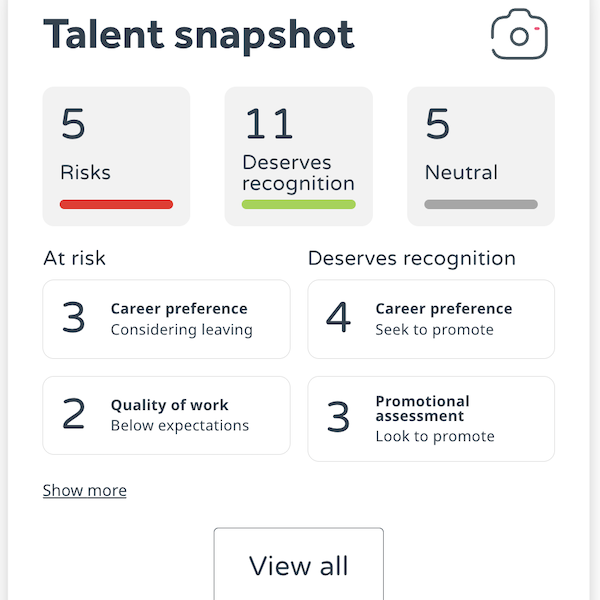Retaining talent is becoming a top priority for the financial services industry. As Ed Price, Head of Finance, Experis UK & Ireland recently put it ‘The financial services world is on the cusp of the next wave of disruption’. A shift that was definitely felt in London July this year with a noticeable increase in financial vacancies and candidates when headhunters usually experience a quiet time. An unexpected result given that many predicted and decline in financial candidates post Brexit. Perhaps EU nationals are trying to make the best of their remaining time in London, but whatever the reason it shows that retention in financial services continues to be important.
We take a look at the rising challenge for the financial services industry to retain staff and offer some top employee retention strategies.
The ‘retaining talent’ struggle is real
Ed Price believes that unexpected political twists and turns towards digitisation have contributed to this ‘wave’, he explains:
“Last year’s largely unexpected global political results have caused continued uncertainty, with the full repercussions of the UK’s EU Referendum vote and Trump’s election victory as yet unknown. Meanwhile, the digitisation of banking services has resulted in more complex,automated processes and roles, coupled with the emergence of smaller, niche fintech players, who are quicker to adapt to the changing market.”
All of these factors are creating a turbulent environment for financial services organisations now struggling to attract and retain top talent. And if some banking operations do move away post-Brexit, the need to retain the best native talent in London will only increase.
There’s a world-wide skills gap

“Even with all the new technology, people skills are actually more important now. Whether it’s providing day-to-day services in our bank branches or managing our data analytics: it’s all about people.”
With financial companies delaying strategic initiatives because of these key person shortages, and the threat of EU talent leaving post-Brexit, reducing regretted loss is now a top priority. While attracting talent may be part of the problem, CEOs know that retaining staff beats hiring with new employees taking up to two years to match their predecessors’ productivity.
So, how do you improve employee retention rates?
On the face of it the answer is simple. Provide a workplace that people want to be in. Every company is trying to unpack that concept in their own way, with results varying from wonderful childcare to climbing walls and free muesli, and everything in between.
The reality is more complex: who needs what?
There is no ‘one’ solution for everyone.Every staff member has a slightly different idea of what a place that you’d ‘want to be in’ would look like. Every one of your staff has a personal collection of likes and dislikes relating to the way your company runs – from the bureaucracy to the environment to the benefits, manager relationships, clarity of expectations, the way they are acknowledged, and so on. All their unmet needs, in other words.
How do you know what these unmet needs are?
Most companies don’t, in any detail – that’s why their people leave. But isn’t that the most vital piece of knowledge you could have?
Time to unlock the mystery: your employees hold the key
While there are overarching steps you can take to improve employee retention in the workplace, the only way to truly understand the needs and wants of your best talent is to ask them. Now, if you have less than 10 staff you could sit them down one by one and cater to each individual’s needs, but most SMEs need a more productive approach. Our engagement software WeThrive is packed with useful features to get to the route of how your people really feel with real-time reports and plans to help you take action.
Get started by trying our survey now or delve into our white paper on Employee Engagement in Financial Services to discover key strategies that can help you alleviate stress on your workforce and establish a healthier, more productive environment.


